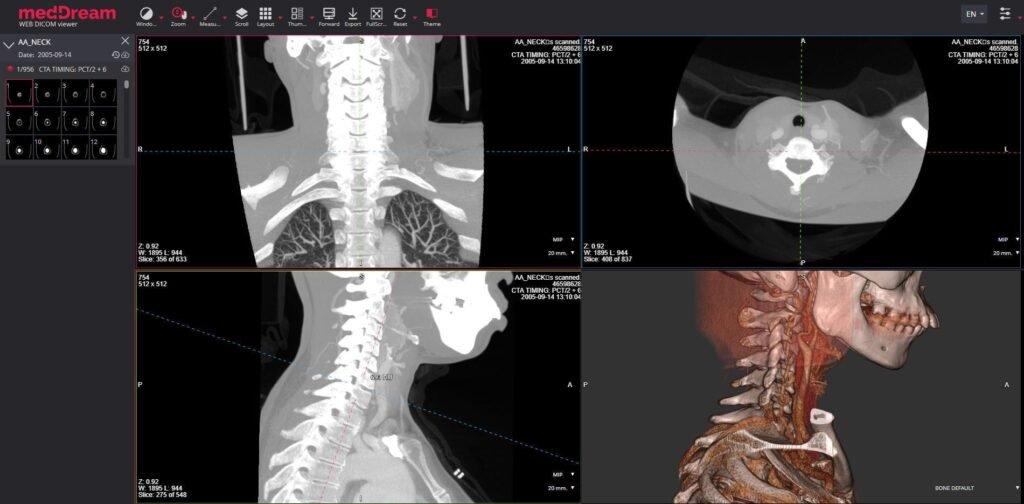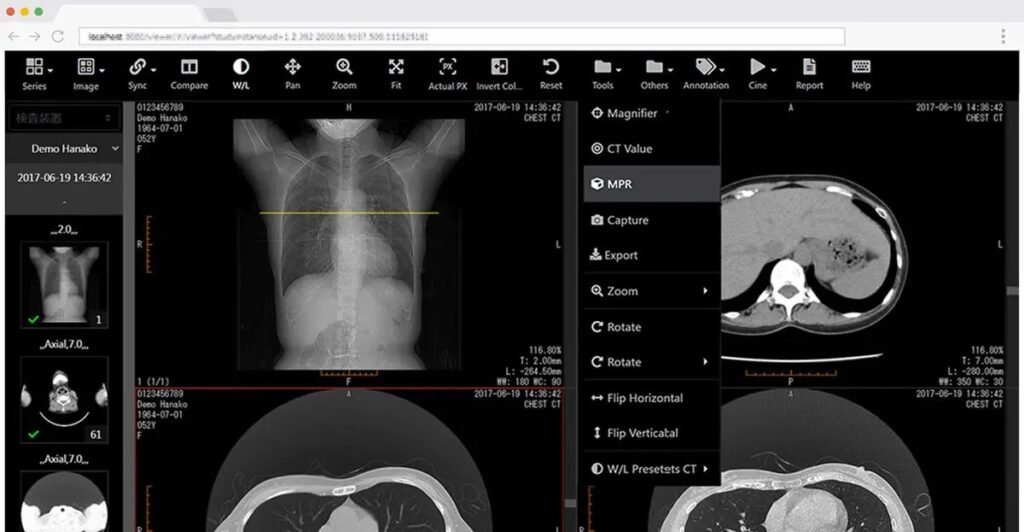As medical imaging demand balloons, cost-conscious clinics seek accessible Picture Archiving and Communication Systems (PACS) managing scans.
Open source options like Conquest, Clear Canvas, and Paracelsus carry great potential, boasting clinical capabilities without painful enterprise software licenses.
However, reliably scaling lean PACS server open source options worries leaders striving for enterprise-grade performance on tight budgets.
This guide aims to alleviate concerns around architecting affordable systems; we’ll walk through unique considerations in four key areas when leveling up open source DICOM and HL7 tools to support growing workflows. Master topics like:
Open Source PACS Advantages
We’ll briefly highlight the upside driving adoption before tackling scalability tactics:
Proven imaging capabilities – Leading open platforms offer full-featured DICOM storage, viewing, routing, and sharing to empower accurate clinical diagnoses without need for proprietary viewers.
Interoperability agility – Open frameworks more easily exchange data via HL7 messaging between modalities and EHR systems centralizing patient records.
Lower licensing costs – Avoid recurring enterprise software fees to control imaging expenses as procedure volumes grow.
Enhanced customization – Accessible code allows tailored modality integrations, interface extensions, and specialized routing rules better suiting unique needs.
Clearly open source PACS offers genuine viability for answering imaging management needs if scaled thoughtfully.
So what trips up clinics attempting to grow?
Scaling Pain Points and Mitigations
Evolving from basic image management towards robust enterprise PACS introduces new demands around performance, distribution, security and workflow. Let’s explore common scaling pain points and tactics to overcome each.
Pain Point #1 – Handling Growing Traffic
As locations and modalities multiply, many open-source PACS built on LAMP stacks strain under heavier workloads. Slow image queries generate clinician frustration, jeopardizing platform support.
Mitigation Paths:
- Distribute software tiers – Break apart the database, application, and front-end tiers across clustered servers to share loads.
- Split traffic types – Reserve application servers for complex image processing and routing requests while offloading simple queries to read-only database replicas.
- Scale hardware vertically – For small installations, throw more CPUs and RAM at fewer higher-capacity servers instead of complicating distributed schemes.
- Enable dynamic resource allocation – Where possible, leverage virtualization and containers to instantly scale PACS application resources answering workload spikes.
Pain Point #2 – Supporting Multi-Site Routing
Opening additional offices naturally creates demand for centralized image sharing across sites for convenience and clinical consolidations.
Mitigation Paths:
- Structure studies carefully – Logically organize patient images in a standards-based taxonomy for quick enterprise lookup.
- Synchronize servers – Use compatible databases like MySQL and tooling like Galera/Percona to cluster regional PACS servers to share updates.
- Embrace compatibility – Select DICOM storage commitments allowing flexible cross-site queries by worklist, patient or study.
- Enforce security – Limit exposure through firewalls and leverage authentication with Active Directory/LDAP binding access to employee credentials.
Pain Point #3 – Safeguarding Sensitive Data
Without adequate protections, radiology studies present irresistible targets for cybercriminals seeking health records containing lucrative personal data.
Mitigation Paths:
- Harden images – Remove burned-in sensitive metadata from DICOM headers before committing files to archives.
- Control exposure – Restrict external PACS connectivity through VPN, firewall rules and SSH key-based access limiting paths to compromise.
- Log extensively – Watch user and admin actions closely via centralized logging evaluating behavioral anomalies.
- Validate protections – Budget for frequent professional penetration testing identifying control gaps for remediation.
Pain Point #4 – Orchestrating Distributed Workflows
Complex routing rules between diagnostic gear, clinicians and archives grows unwieldy without structured playbooks and policies.
Mitigation Paths:
- Model steps – Map imaging sequences including pre-fetching priors, multi-system processing, verification and storage.
- Encode conditions – Configure rules governing direction based on variables like study type, patient risk factors and location.
- Notify stakeholders – Keep staff apprised of delays, decision points, or completion via emails, texts or mobile alerts.
- Review metrics – Extract activity analytics to identify workflow pinch points for ongoing optimization.
Addressing demands around performance, distribution, security, and workflow keeps open source PACS advancing affordably.

Conclusion – Scale Intelligently, Not Reflexively
Supporting modern medical imaging needs as practices flourish certainly pressures IT teams.
But by proactively architecting open source PACS for common scaling pain points around resources, sites, protections, and orchestration—instead of hastily reacting—providers realize substantial savings steering clear of proprietary imaging platforms.
With careful planning guided by real user load testing and cloning production environments for offline simulation, open source DICOM and HL7 tools stand ready to answer the call, supporting quality care. Consider this guide a starting blueprint for mapping routes to scale PACS wisely.



